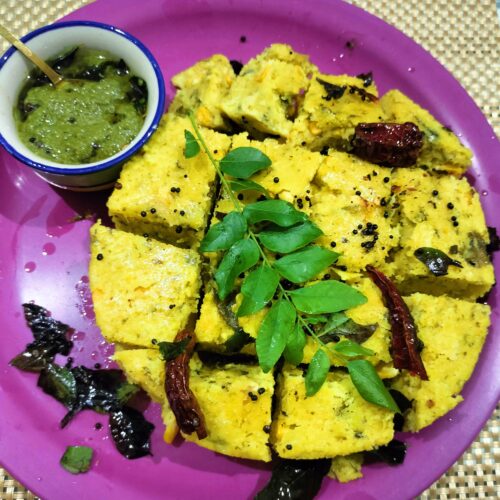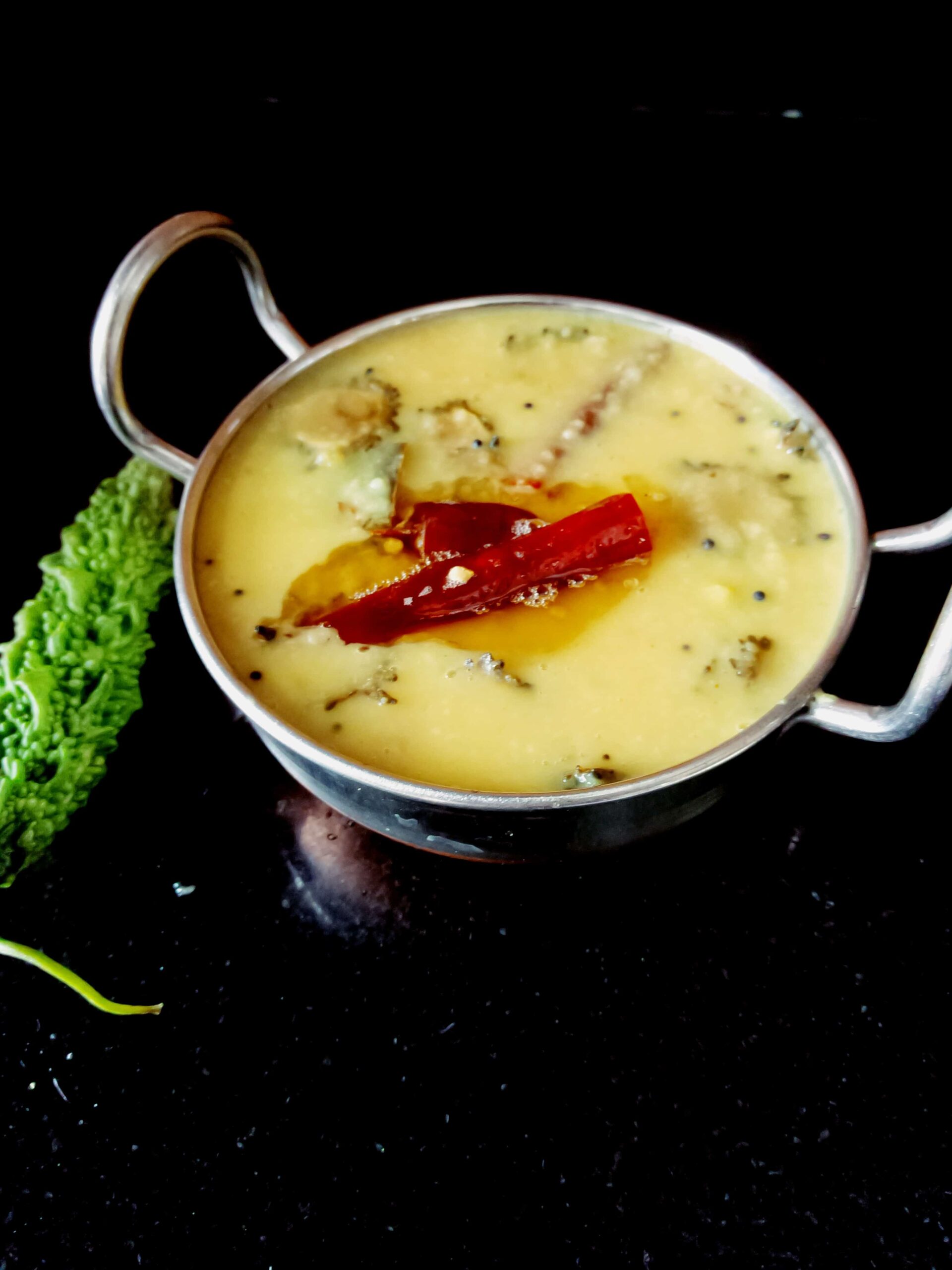10 September, 2023
[huge_it_share]
Moong dal recipe |5 best recipes with moong dal

In the Bengali culture Moong dal plays a very important role as it is primarily vegetarian and can be consumed during any Puja or festivals during which non vegetarian food is prohibited. Another lentils called Masoor dal which is pink in color falls under the category of Non-vegetarian food according to our culture. The reason behind this may be due to the heating property of Masoor dal or red lentils as per ancient Indian Ayurveda .
In contrast yellow moong dal due to its alkaline properties has a cooling effect on the body during the summer and is perfect for individuals of any age including infants.
Yellow moong dal benefits
Moong dal stands out as a nutrient-rich powerhouse, providing an abundant reserve of essential vitamins and minerals, specially vitamin B9, commonly known as Folate. Folate plays an instrumental role in DNA synthesis and the nurturing of cells, important for expectant mothers, as it helps in the development of the fetus in the mother’s womb . Moreover the lentil is also rich in minerals like iron, magnesium, and potassium, each playing an irreplaceable role in the transport of oxygen, smooth functioning of muscles, and the regulation of blood pressure. Moong dal also boasts a generous supply of plant-based proteins and a wealth of antioxidants.
Another important attribute of moong dal is its low glycemic index (GI), a quality that signifies its minimal impact on blood sugar levels. This is specifically important to people who are prone to diabetes.
Is it good to eat moong dal daily?
Moong dal is a rich source of protein and is light , so it can accompany carbohydrates every day. Incorporating this in your diet everyday will enable you to live a fit and healthy life.
What dishes are made from moong dal?
Moong dal dhokla
Moong dal pithe
Moong dal Khichuri
Moong bean pancakes
Moong dal with bitter gourds
(69)





